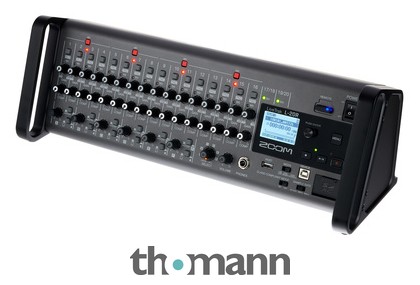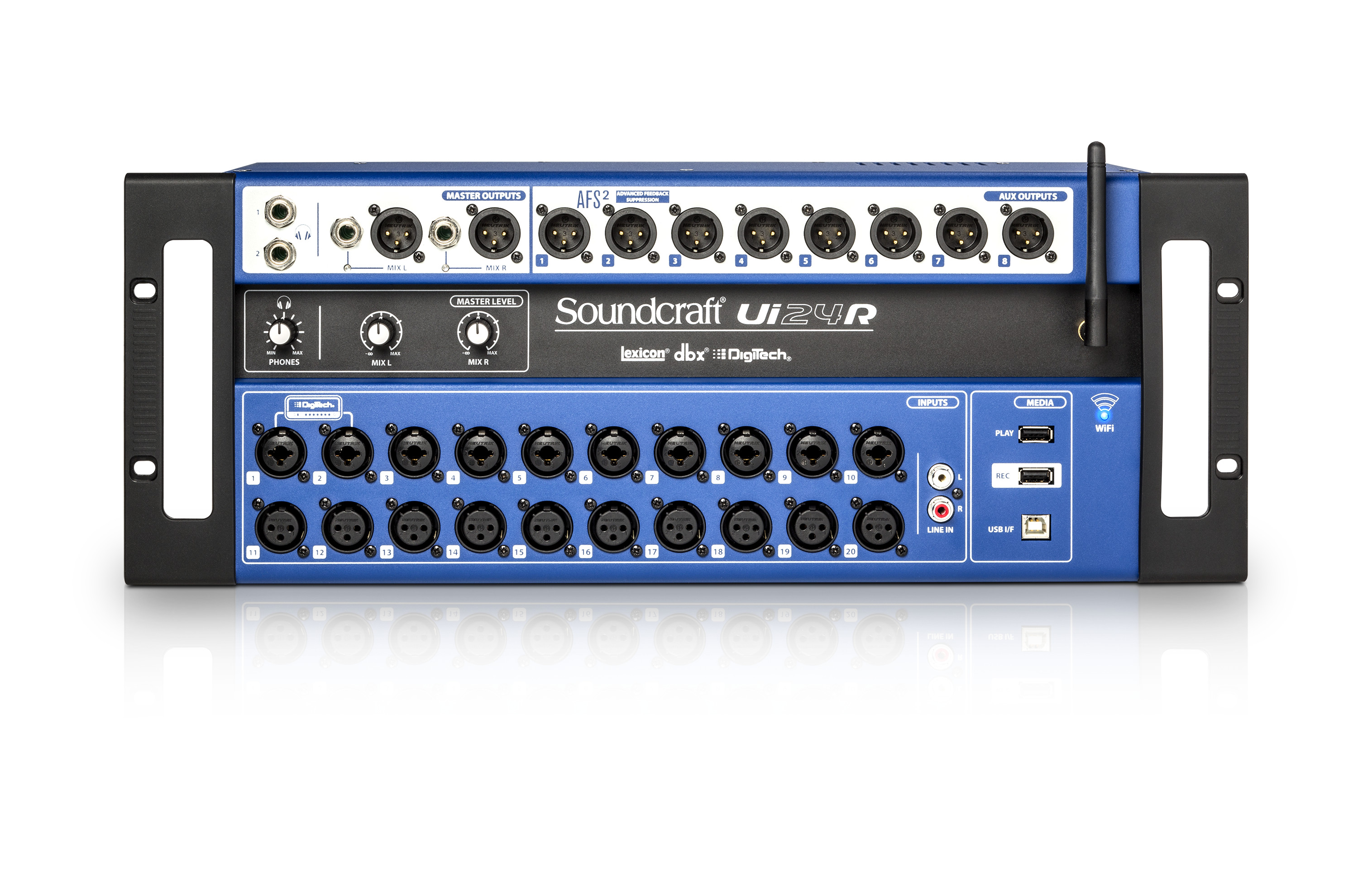E
ecc83
Well-known member
"Yes I guess that's my idea of "sound quality" as well. Though I am now intrigued, my friend gave me the impression that the Tascam was just a lesser bit of kit than the Clarett combo. As in cheaper pre amps and such because it's doing so much, at that price point, not everything is top notch. But I could be totally wrong. Maybe I'll show him this thread and see what his actual response is..."
John, I have been battling this kind of BS ever since I joined audio forums, about 10yrs.
The FACT is, 'electronics' does not HAVE a 'sound'. With just a dual op amp, a couple of transistors, a pot and a very few Cs and Rs you can make a really excellent mic pre amp. The noise and distortion will be close to the best there is* and those components will add up to less than $5.00 (Ok we have to power it and put it in a tin but that is a 'one-off cost' whatever we do and the more pres we put in the tin, the less the tin costs in proportion)
Without even trying, such a pre amp will have a ruler flat response from 10Hz to 30kHz nay problem so it is NOT going to add or detract any 'colour' to the sound.
Modern Surface Mount Technology will bring the unit electronics cost down to less than $1 with just the pot and XLR connector being the biggest factor. So you CAN put remarkably good pre amps in a device like the Zoom or the Tascam. Yes I know, magazine reviews drone on about "warm, pro sound" or "Larger than life sound" but these comments are made in isolation, not as a double blind test with a Behringer mixer! The reviewers HAVE to say something!
*And the 'best there is' will be better in certain areas. Certain circuit techniques can squeeze a dB or two lower noise. Headroom can be a few dBs higher. But unless you need to record dulcimers at 3 mtrs with Coles ribbons you don't need absolute state of art noise levels. In the real places most of us are saddled with, ambient noise is almost always the 'noise floor'.
Dave.
John, I have been battling this kind of BS ever since I joined audio forums, about 10yrs.
The FACT is, 'electronics' does not HAVE a 'sound'. With just a dual op amp, a couple of transistors, a pot and a very few Cs and Rs you can make a really excellent mic pre amp. The noise and distortion will be close to the best there is* and those components will add up to less than $5.00 (Ok we have to power it and put it in a tin but that is a 'one-off cost' whatever we do and the more pres we put in the tin, the less the tin costs in proportion)
Without even trying, such a pre amp will have a ruler flat response from 10Hz to 30kHz nay problem so it is NOT going to add or detract any 'colour' to the sound.
Modern Surface Mount Technology will bring the unit electronics cost down to less than $1 with just the pot and XLR connector being the biggest factor. So you CAN put remarkably good pre amps in a device like the Zoom or the Tascam. Yes I know, magazine reviews drone on about "warm, pro sound" or "Larger than life sound" but these comments are made in isolation, not as a double blind test with a Behringer mixer! The reviewers HAVE to say something!
*And the 'best there is' will be better in certain areas. Certain circuit techniques can squeeze a dB or two lower noise. Headroom can be a few dBs higher. But unless you need to record dulcimers at 3 mtrs with Coles ribbons you don't need absolute state of art noise levels. In the real places most of us are saddled with, ambient noise is almost always the 'noise floor'.
Dave.




